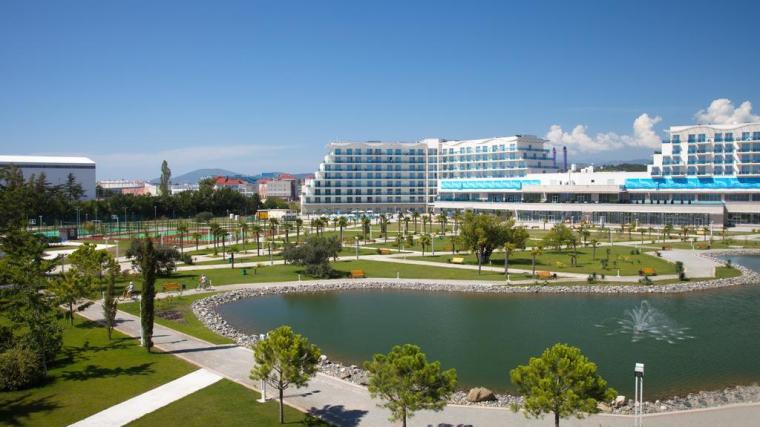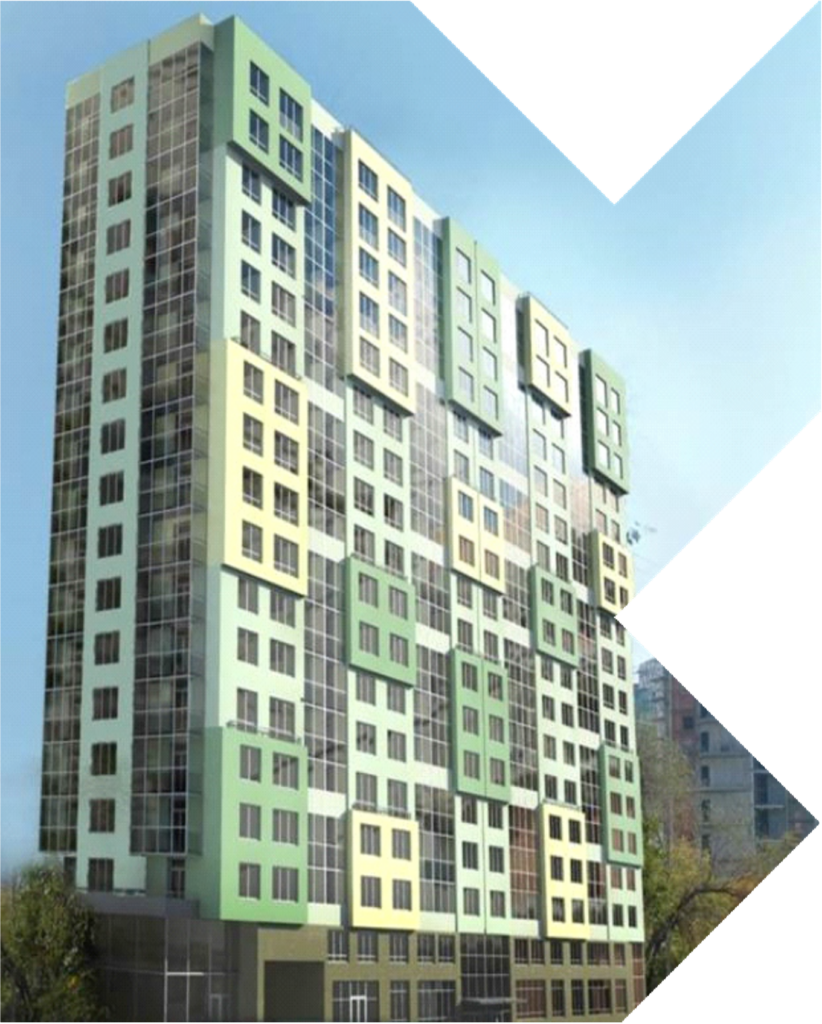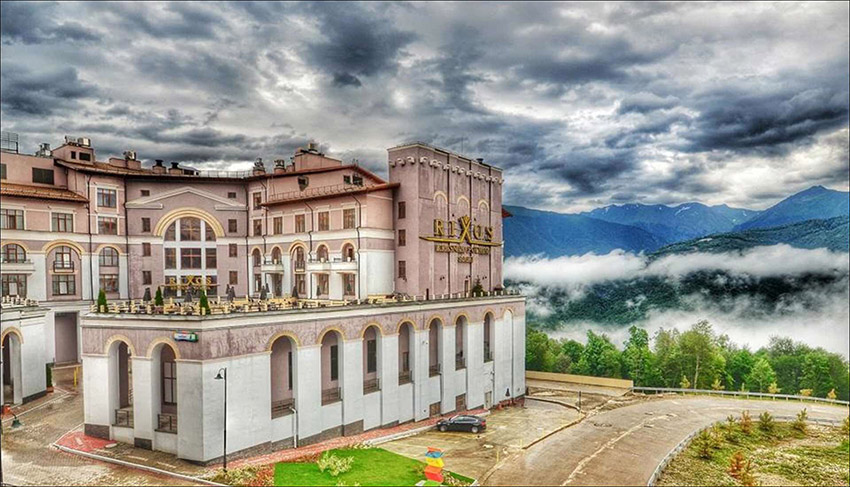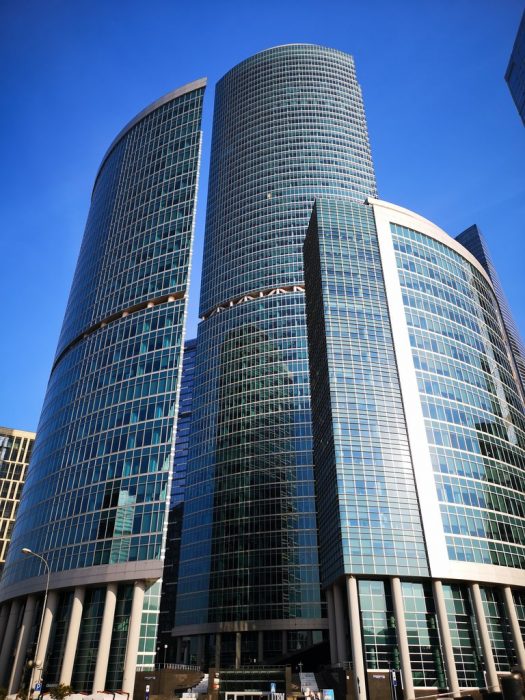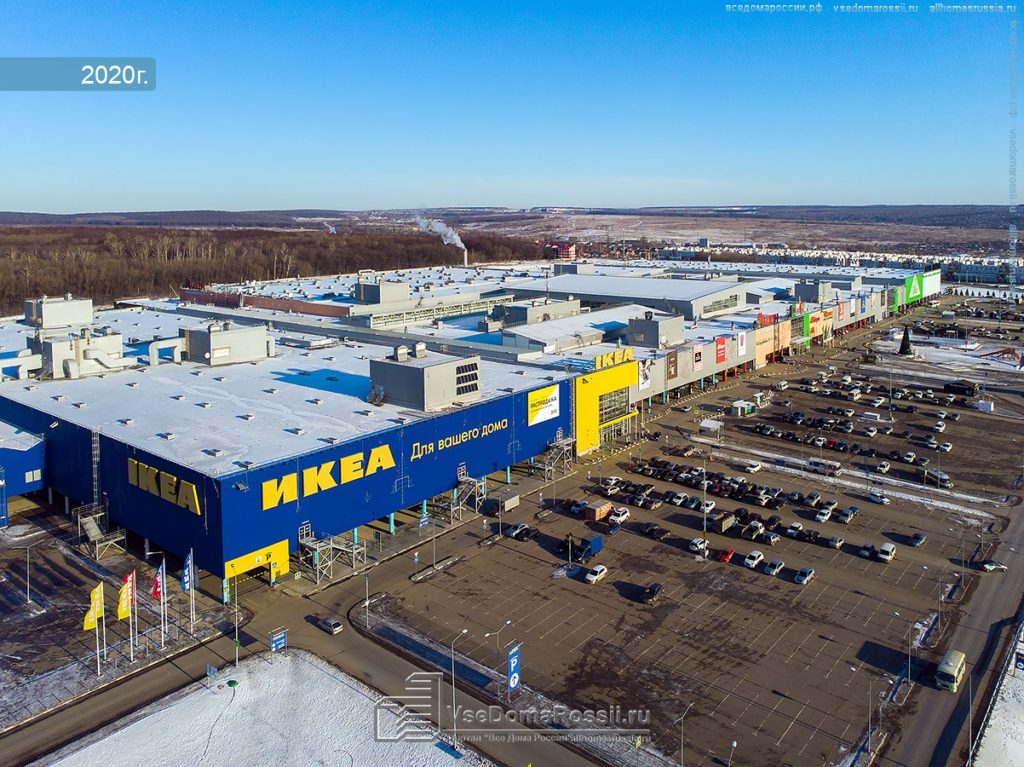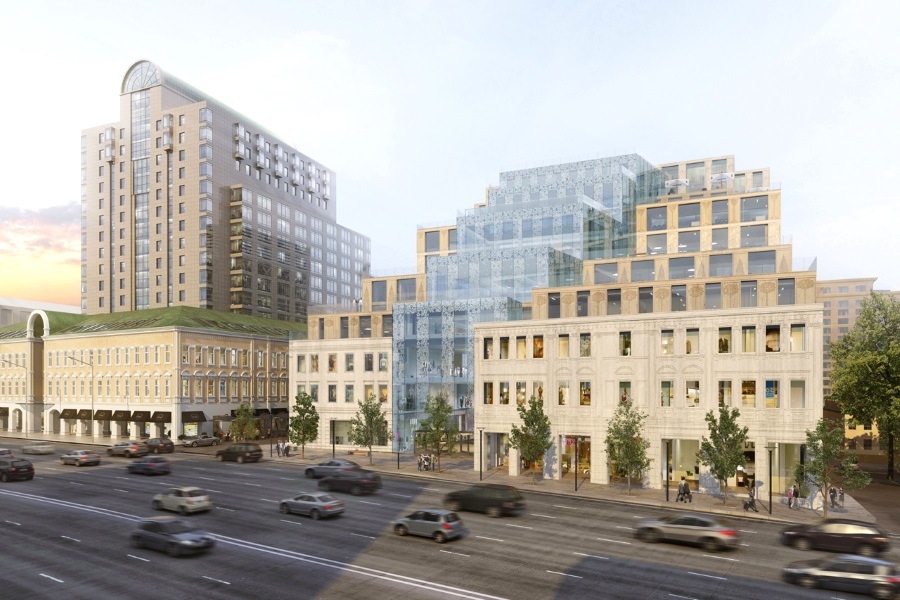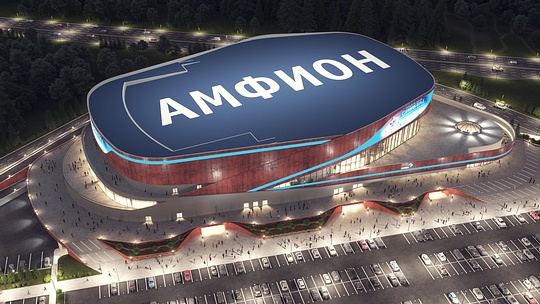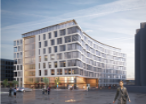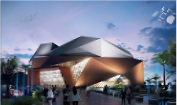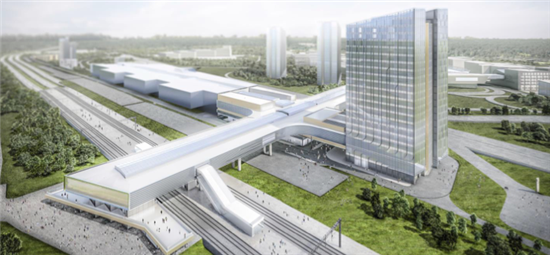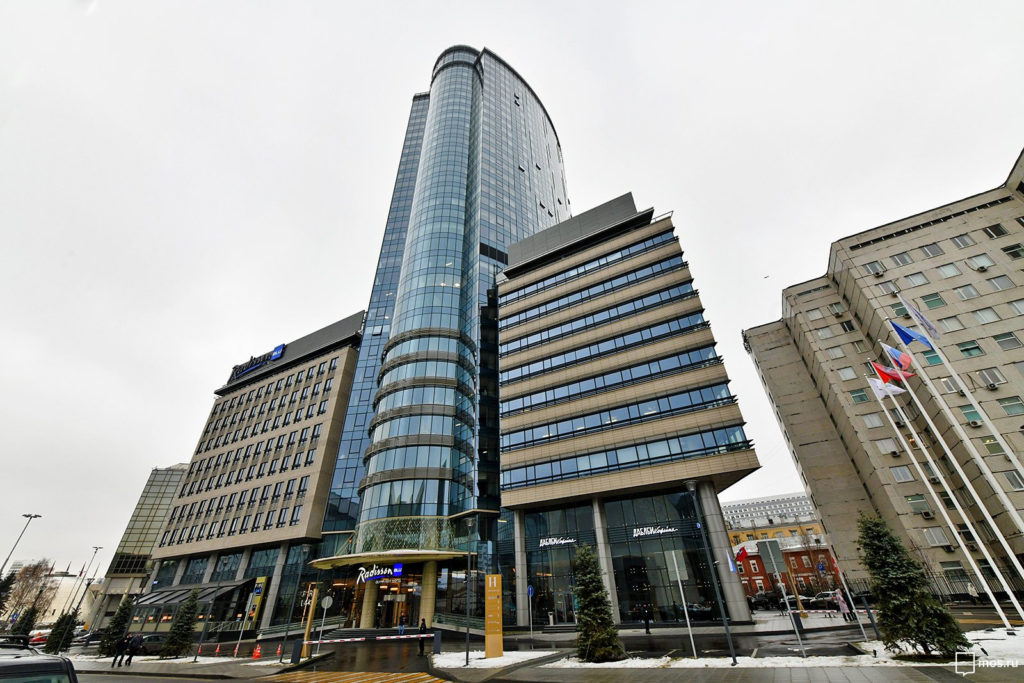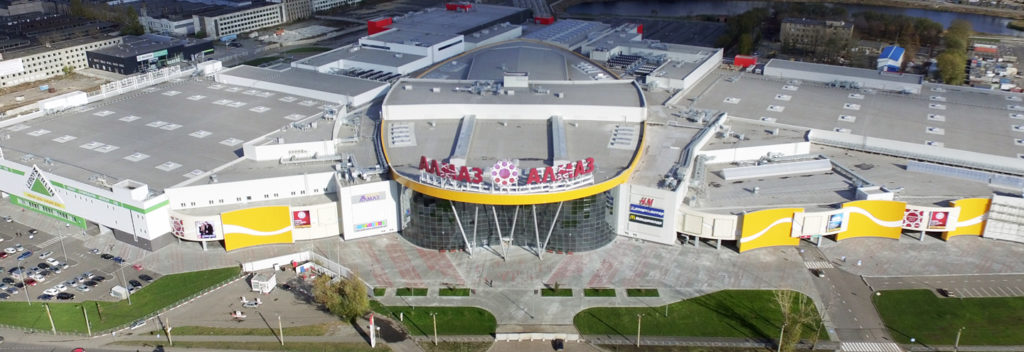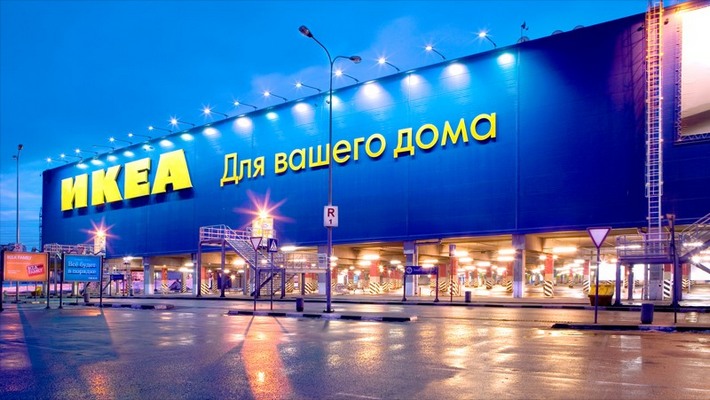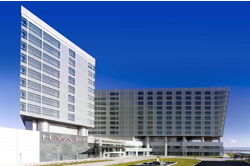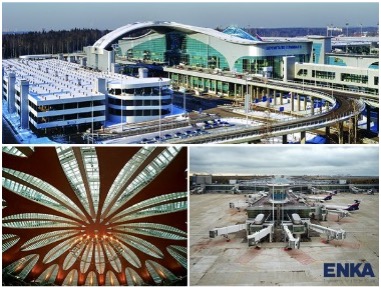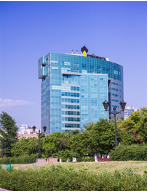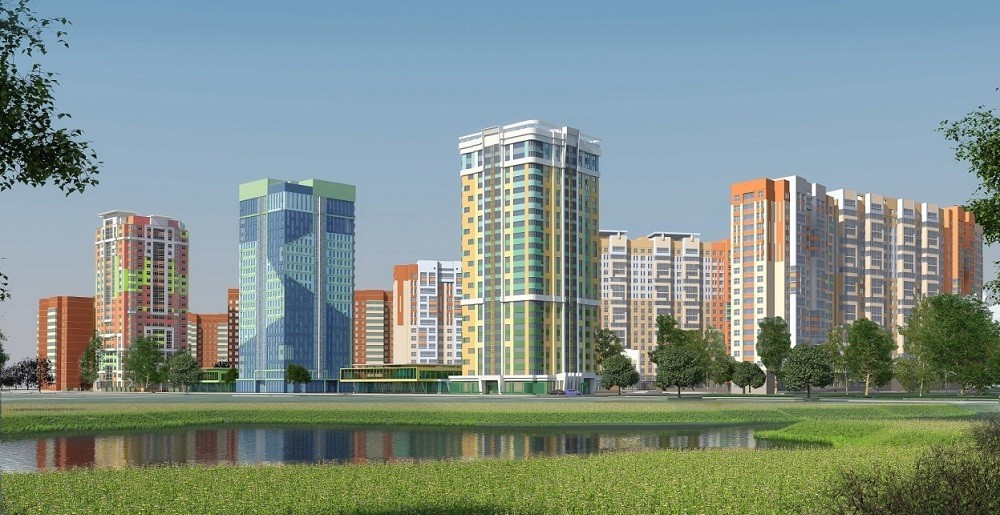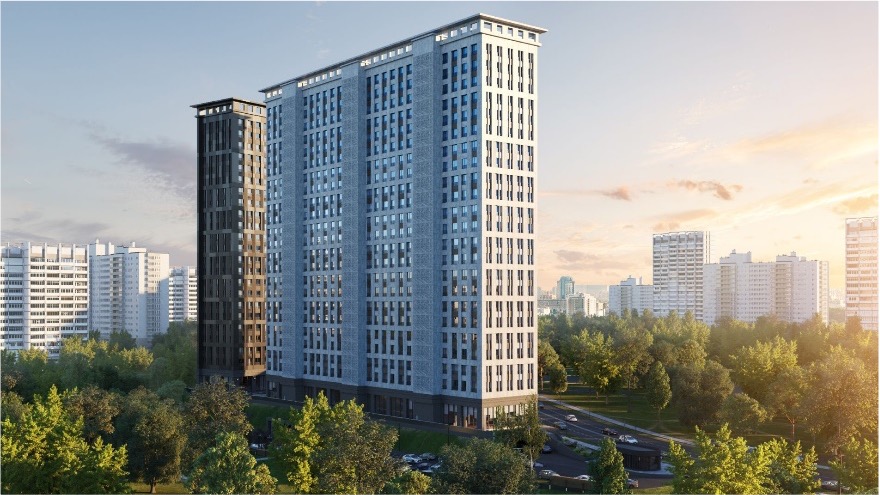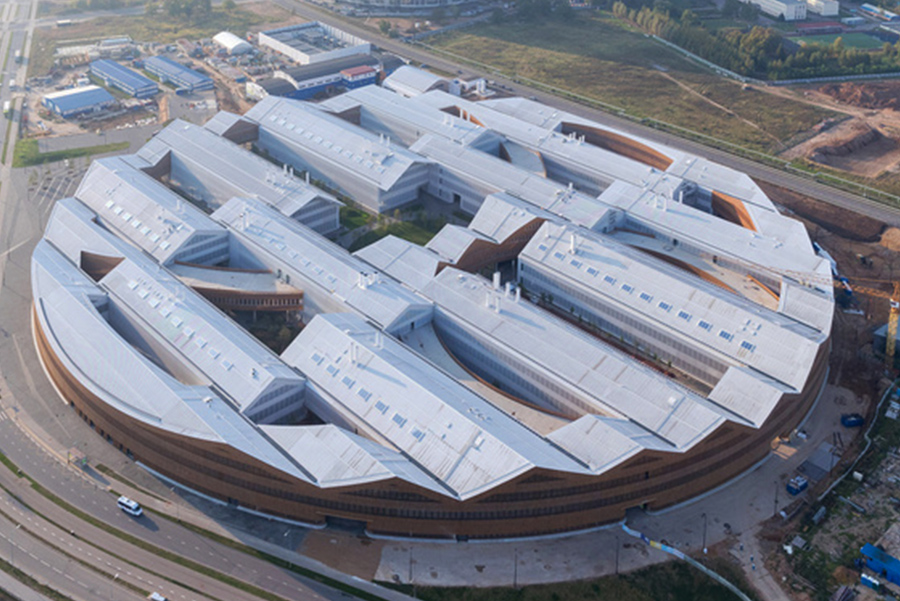Carmix Groups LLC has extensive experience in various commercial projects such as luxury hotels, multifunctional business centers, shopping centers, airports, concert halls, sports complexes, educational institutions, medical centers and residential buildings.
Our goal is to offer our partners the best solutions based on our accumulated experience combined with new concepts and developments.
Our engineering skills and knowledge give us a unique opportunity to create a hybrid offering that benefits our customers and our industry.
Types of work performed
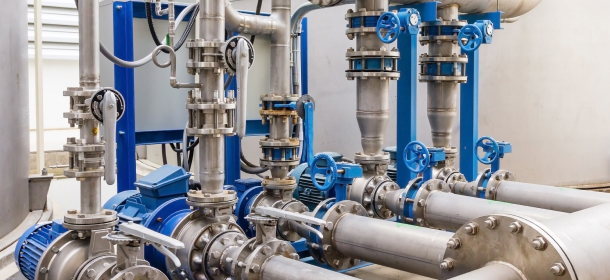
In order to present a fully functional and comfortable environment for people to live or work in various buildings, of all engineering systems, water supply and sewerage systems are the most basic and necessary. Water supply and sewerage systems include uninterrupted cold and hot water supply systems, as well as disposal of several types of waste water.
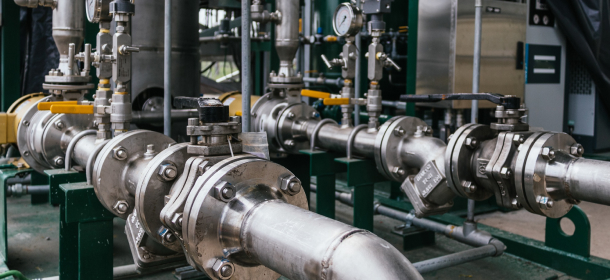
Heating and heat supply systems provide the interior space with the necessary thermal energy (heat). The main purpose of these systems is to compensate for the lost thermal energy of the specified area by means of traditional engineering systems (e.g. heating systems, hot water supply systems), as well as other heat-consuming systems according to the design solutions.
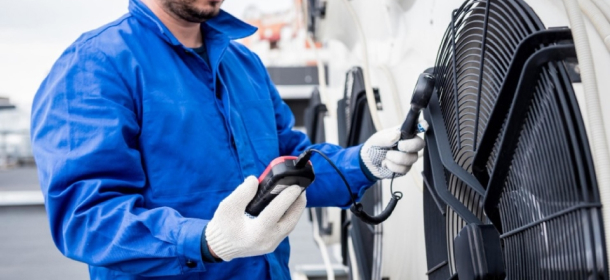
Ventilation is the intentional introduction of outside air into a room. Ventilation is primarily used to control indoor air quality by diluting and displacing indoor pollutants; this system can also be used to control indoor temperature, humidity, and air movement to increase thermal comfort, satisfy other aspects of the indoor environment, or for other purposes.
Air conditioning is the process of removing heat and controlling humidity in an enclosed space to achieve a more comfortable indoor environment through the use of electrically powered air conditioners or a variety of other methods, including passive cooling and ventilated cooling.
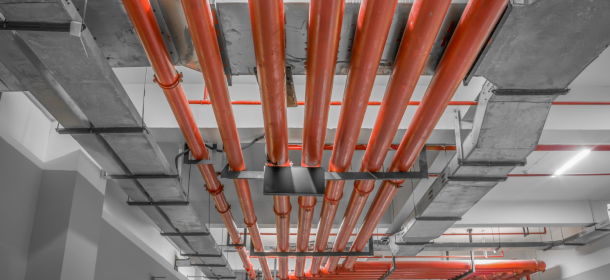
Fire safety systems – a complex of engineering structures and devices to monitor the state of objects and ensure timely detection of the source of fire, its direct extinguishing and safe evacuation of people from the building.
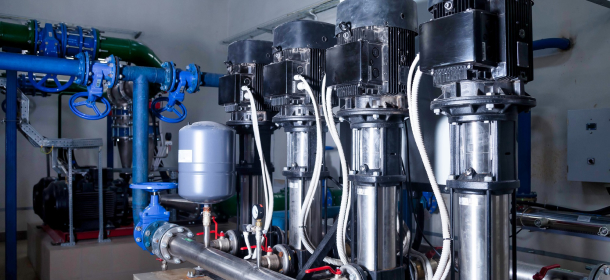
If we compare a building to the human body, we can certainly consider these rooms as its heart. The heating units, refrigeration centers and pumping stations are the source of the necessary heat, cold and water for the entire building.
These rooms contain the main equipment that converts electrical energy into mechanical energy and supplies the necessary amount of gas or liquid for these lines.
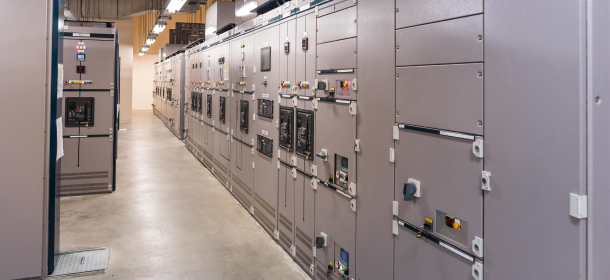
Power electrical systems are a collection of all devices in a building operating between 0.22 kW and 0.4 kW.
The purpose of the power systems is to provide and distribute the necessary electricity to outlets, lighting fixtures, and all other power-consuming equipment in accordance with the design requirements.
The main branches of power systems are:
- EOM – power supply, electrical lighting, and electrical equipment
- EG – grounding and lightning protection

Low-current systems usually receive and transmit signals through cables that operate with low currents. Devices whose operation does not require high current consumption are usually connected to such a system. In professional terms, they are also called information systems because of their functional purpose.
The main examples of these systems are:
- Security alarm systems.
- Video surveillance
- Dispatching
- ACS
- SCS
- Computer networks
- Television and internet
- Telephony
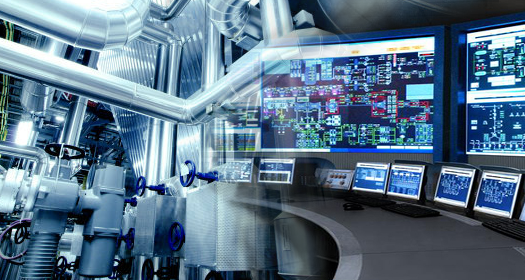
Automation is the creation of control systems that allow the operation of all equipment in accordance with the desired values of the project.
All this equipment of heating, cooling, ventilation and fire protection systems form a single integrated system, working individually or in coordination with each other.
The equipment is controlled by receiving signals from sensors and detectors in the field.
